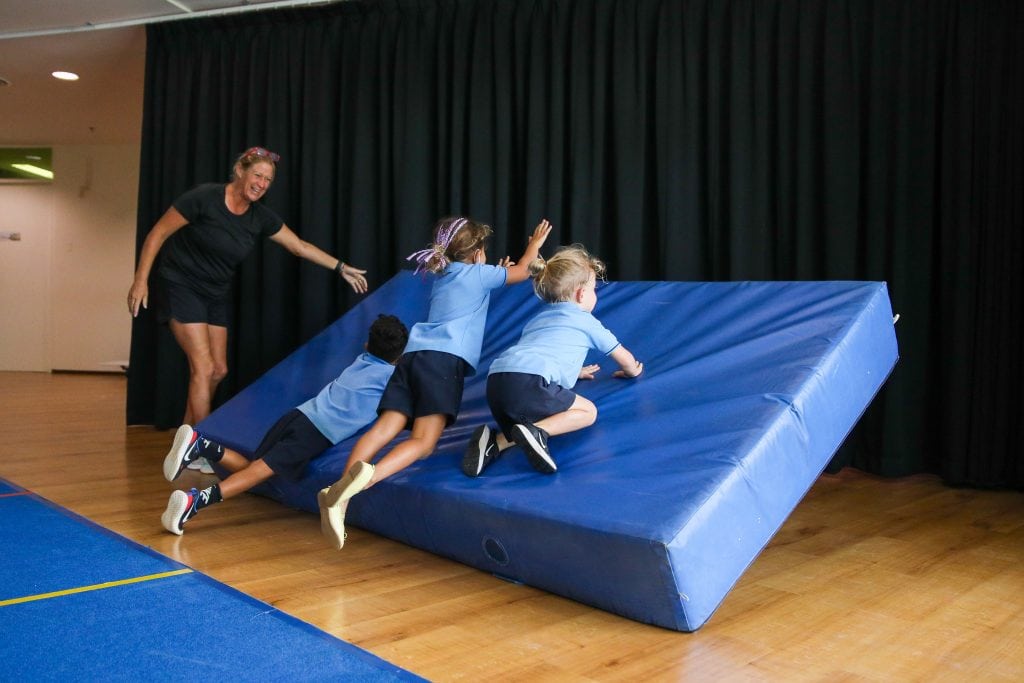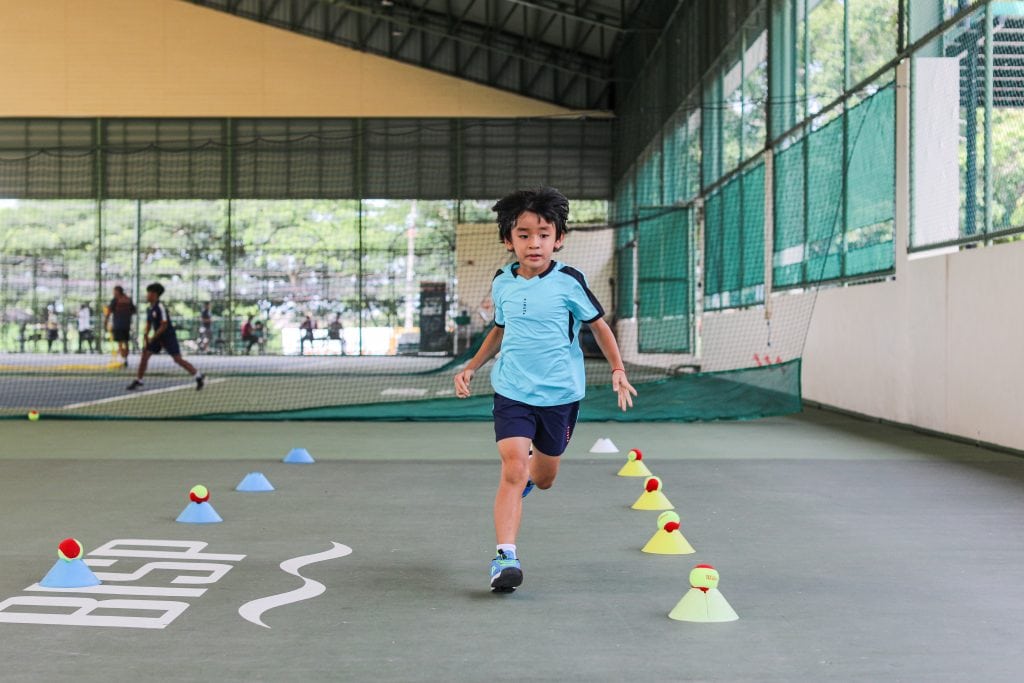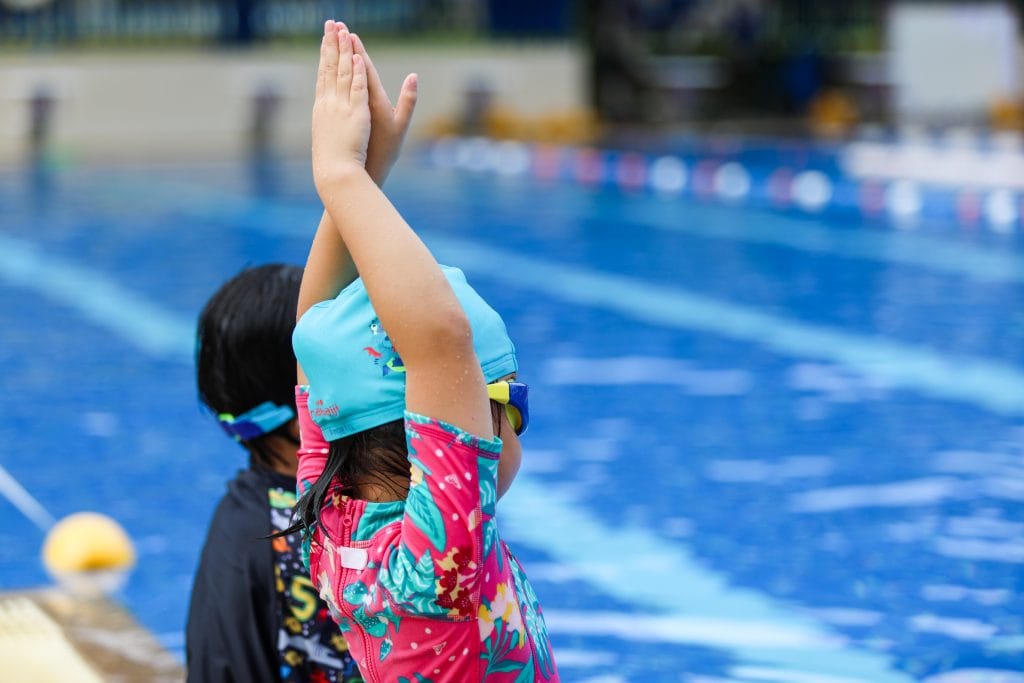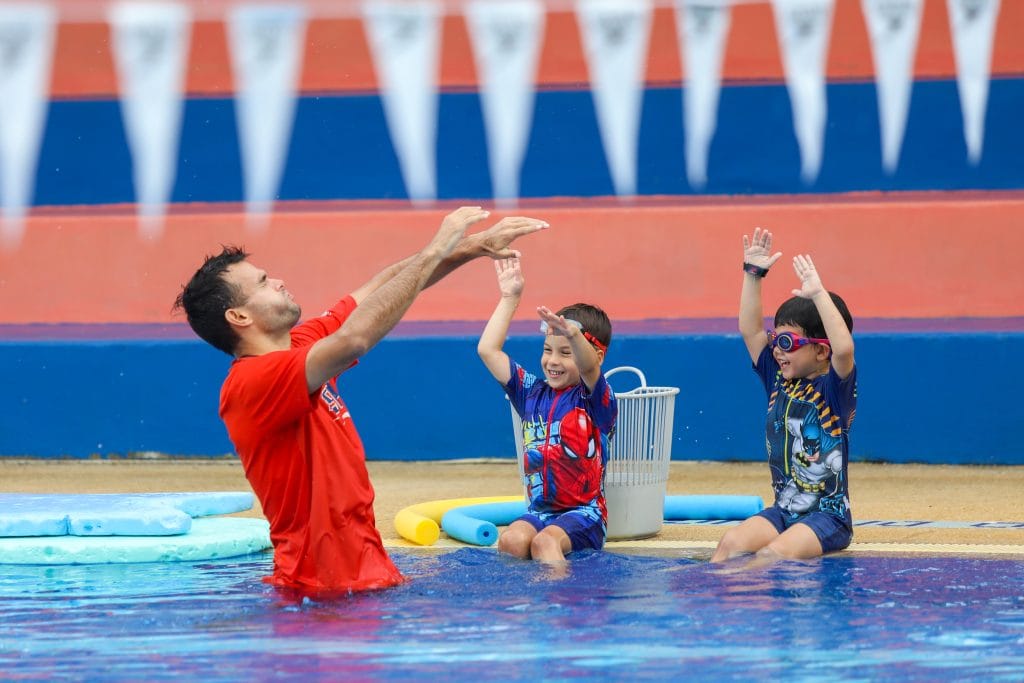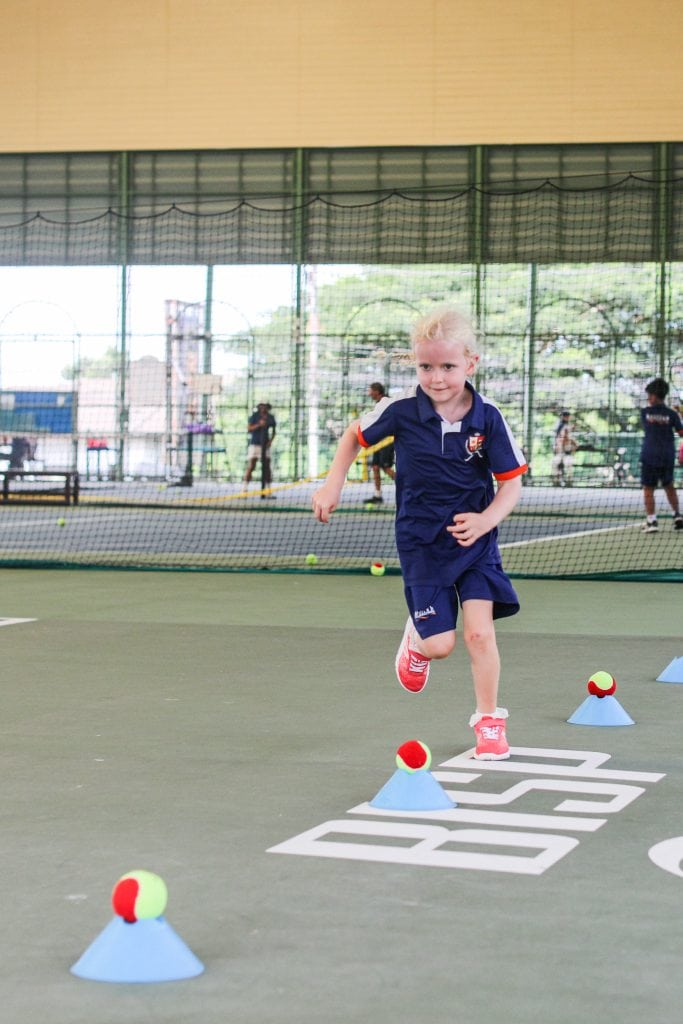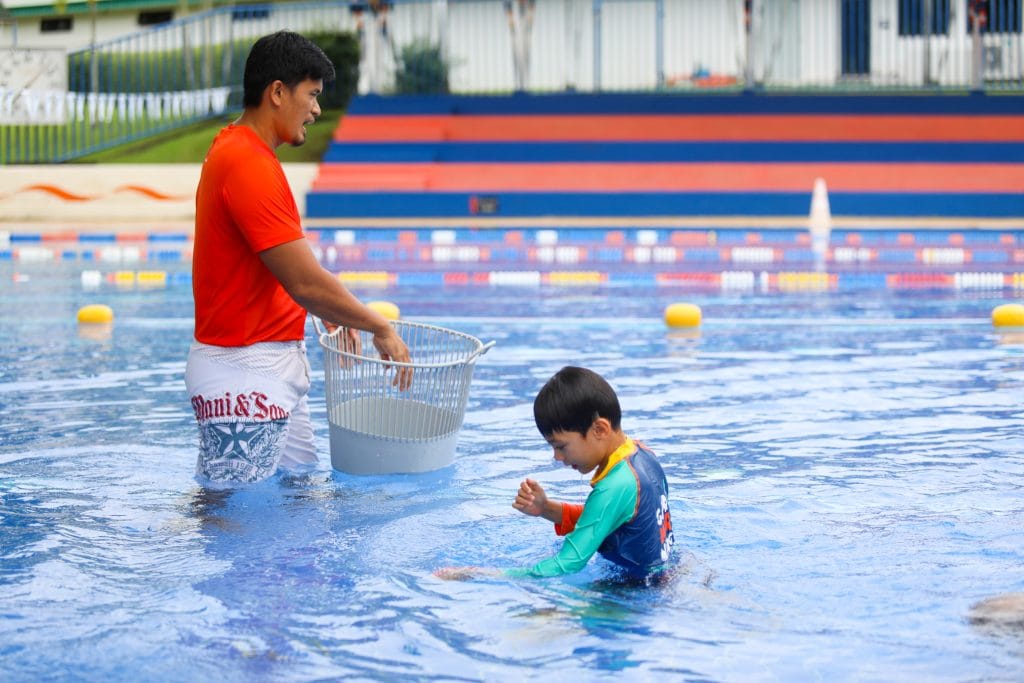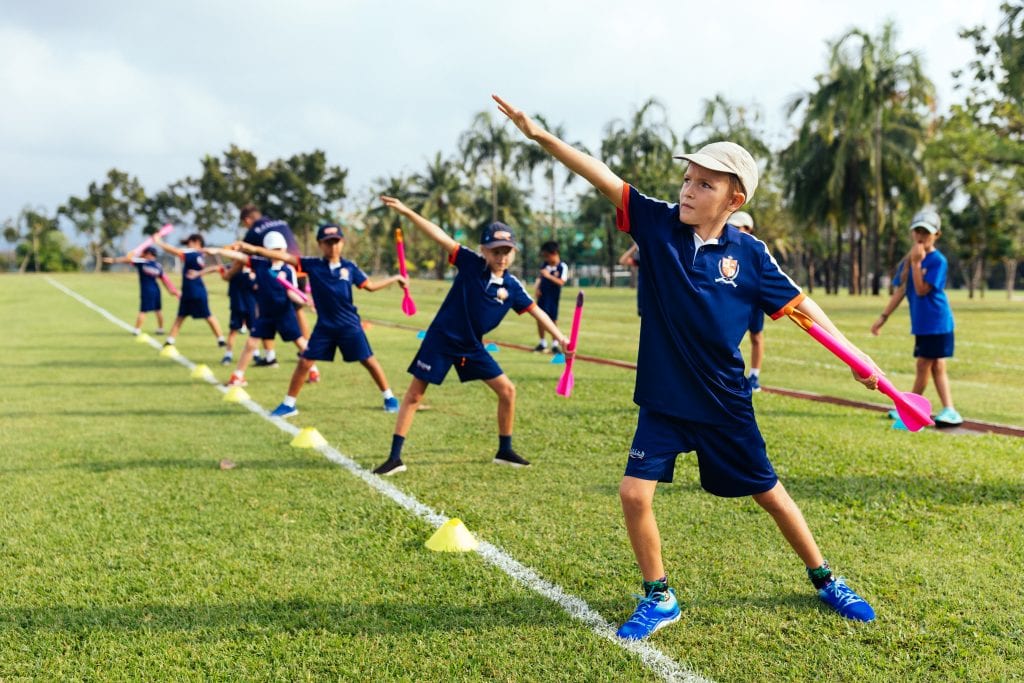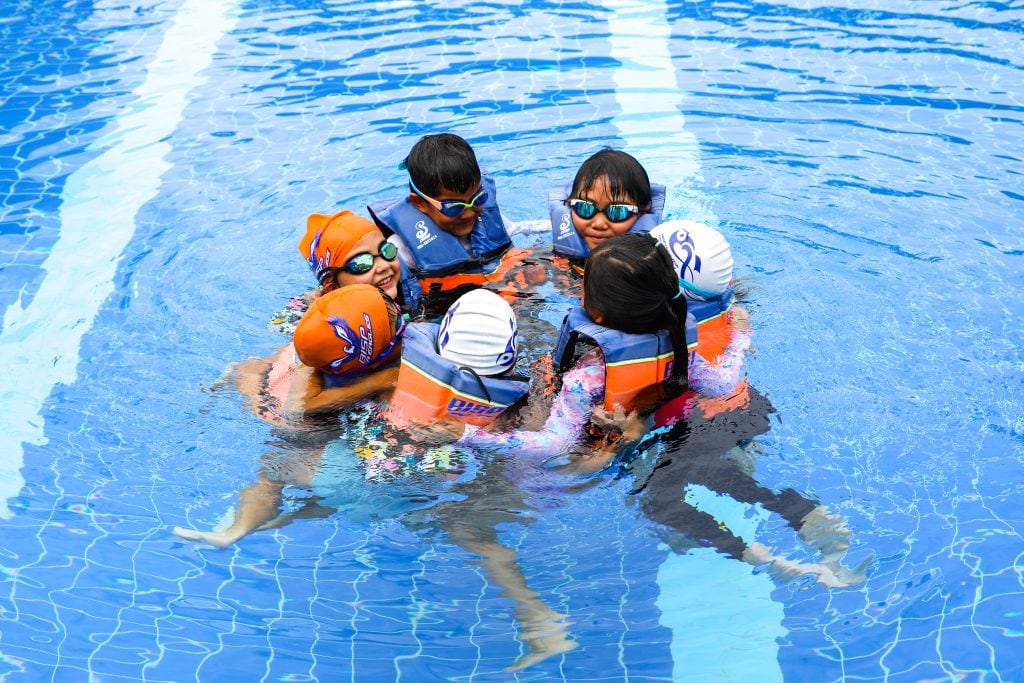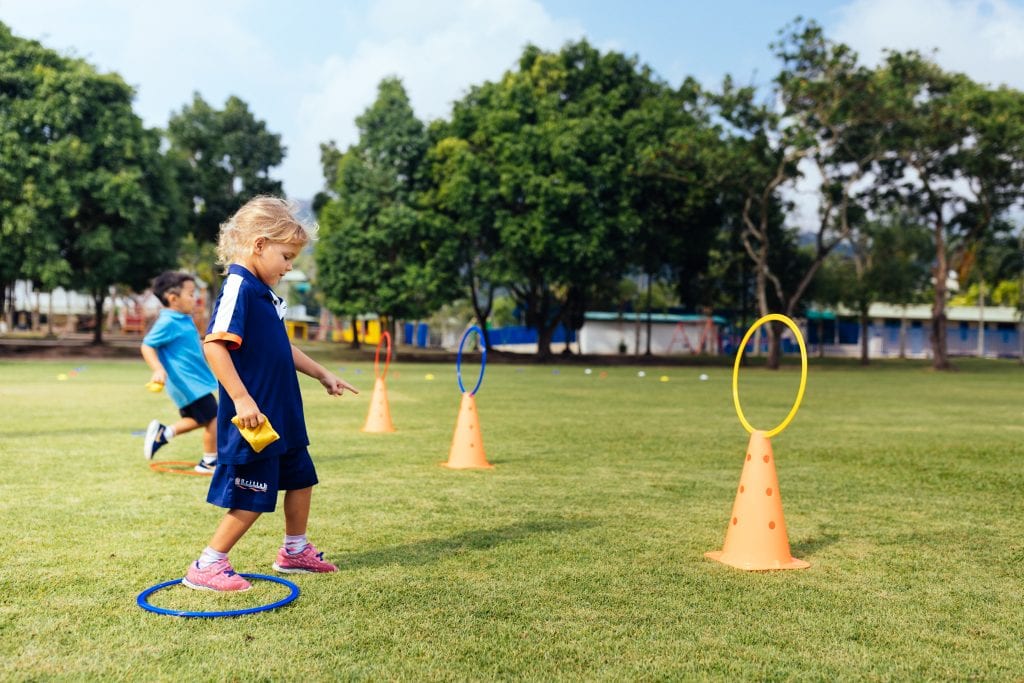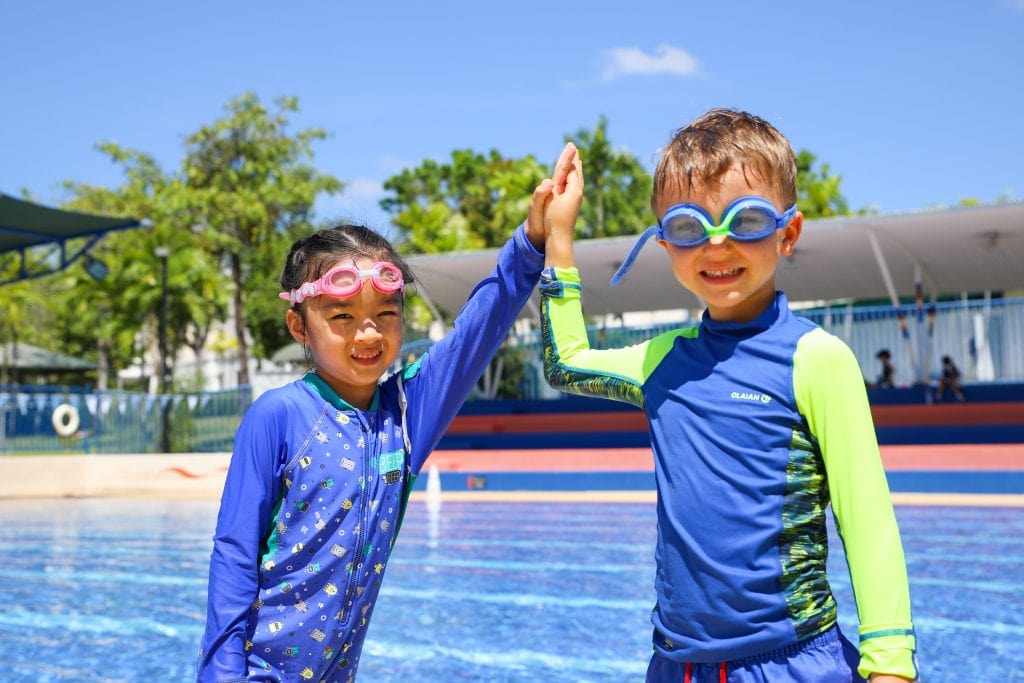By Rachel Crossland – PE Teacher and House Coordinator
PE in Early Years is all about the children’s first steps on the pathway to Physical Literacy. This refers to a child’s cognition, confidence, physical competence and motivation to move, in a range of environments, (land, air, water). Physical literacy is the development of a range of basic human movements, fundamental movement skills and foundational sport skills. These skills give people the tools to engage in health-enhancing physical activity for life.
At BISP this is known as the ‘Head, Heart and Hands’ approach to Physical Education. Just like reading and numeracy, Physical Literacy ‘does not just happen’, it has to be explicitly learnt, practised and refined.
In the Early Years PE we do this through exploration, play, games for understanding, and activities that promote gross motor movement, object control and body management. Children are supported in developing their physical literacy by engaging in lots of active play in a variety of settings. The focus is always, ALWAYS fun!
Why is Physical Literacy important?
The benefits of physical literacy aren’t limited to physical health. It also improves academic performance, cognitive skills, mental health, psychological wellness, social skills, and healthy lifestyle habits.
When a child is developing their Physical Literacy they are able to:
- Develop the motivation and ability to understand, communicate, apply and analyse various forms of movement
- Demonstrate a variety of movements confidently and competently across a wide range of physical activities
- Make healthy, active choices that are both beneficial to and respectful of their selves, others and environment.
In short, by teaching children to be physically literate we are improving their propensity to move and the likelihood of them participating in movement activities, sport and exercise in childhood and in later life. This will impact their health, happiness, academic success, fulfilment, purpose and ultimately their flourishing.
